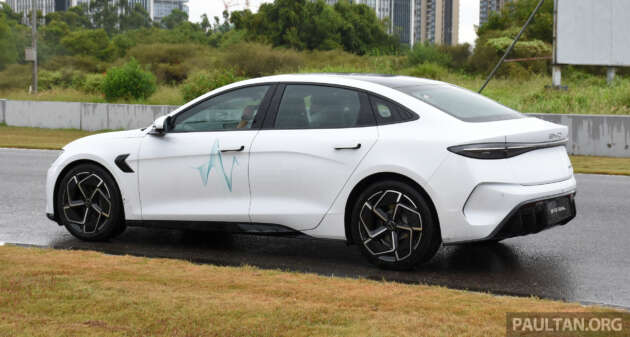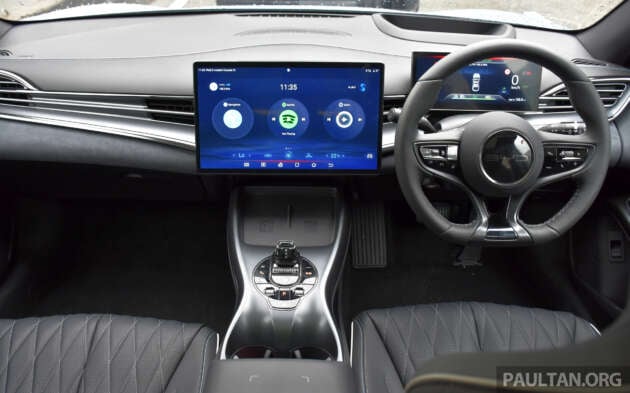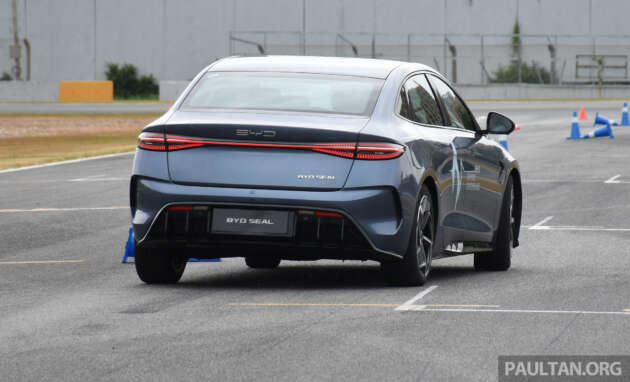Choice is good for the soul, allowing those wanting something to find that which best suits their needs and, well, desires. Having options to pick from is always a neat thing, applicable to just about [Ö] The post REVIEW:...
Choice is good for the soul, allowing those wanting something to find that which best suits their needs and, well, desires. Having options to pick from is always a neat thing, applicable to just about everything you can think of, really. Life really would be boring if you only had that one element on the selection list, one technology, one colour, one dish, etc, perpetually.
In the automotive realm, electrification represents a choice, an alternative to that which everyone has known for the longest time. Within that, having more options means buyers can look at things beyond defined parameters. Such an example of this is the BYD Seal, which provides consumers with an alternative to the established such as the BMW i4 and the favourite flavour of the moment, the Tesla Model 3.
The upcoming entry of the all-electric sedan, which is set to enter the frame sometime in the first quarter of next year, means that anyone in the market for an EV in that body-style and price range will have more than one item to pick from. Quite a bit is already known about the car, including how it looks in the flesh, given the two previews it has had here, the first last year and the latest, a week ago at the BYD 1st Anniversary: Beyond Dreams Celebration event at Bukit Kiara Indoor Arena.
What remains to be seen is how it is priced, and how it performs. We donít know for certain what the former is yet, but we can now tell you about the latter, having sampled the car in China a couple of months ago. How does it measure up? Letís find out.
Measuring in at 4,800 mm long, 1,875 mm wide and 1,460 mm tall, with a 2,920 mm-long wheelbase, it sits on the Chinese automakerís e-platform 3.0, which also underpins the Atto 3 and Dolphin. Unlike its siblings, the Seal uses an 800V electrical architecture platform like higher-end EVs such as the Porsche Taycan and Audi e-tron GT.
The four-door coupe-styled sedan features a sloping roof-line and short rear deck. Penned by ex-Audi man Wolfgang Egger and his team of stylists, the Seal is best described as handsome, and its proportions sit well to the eye, although its mix of curves and angles offers it a rather generic shape and flow from certain angles. Nonetheless, it should tick the right boxes for those looking for an alternative form to the above and donít want a chunky SUV-sized mass while at it.
Externally, youíll find LED headlights, LED daytime running lights and LED tail lights as well as retractable door handles and a panoramic roof, with two wheel sizes available for the car, an 18-inch unit with 225/50 profile tyres and 19-inch wheels wrapped with 235/45 profile Continental EcoContact 6 Q rubbers.
While it hasnít been officially communicated, Malaysia is expected to have three variants, mirroring that seen in nearby markets such as Singapore, Thailand and Australia, where the Seal is already on sale. The base version will be the Dynamic Standard Range rear-wheel drive, which features a single electric motor offering 201 hp (204 PS or 150 kW) and 310 Nm of torque, which gets the car to 100 km/h from standstill in 7.5 seconds. A 61.4 kWh Blade lithium-iron phospate (LFP) battery offers up to 460 km of travel (WLTP cycle) on a single charge.
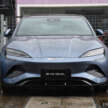
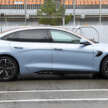
Sitting in the middle is the Premium Extended Range, which also has a single-motor rear-wheel drive configuration, but with a higher output and battery capacity. Here, the electric motor dishes out 308 hp (313 PS or 230 kW) and 360 Nm, with a higher capacity 82.5 kWh LFP battery providing the car with up to 570 km of range.
The range-topping variant is the Performance AWD. As its suffix suggests, it has a dual-motor powertrain with a 215 hp/310 Nm front motor being added on to the 308 hp/360 Nm rear unit to offer it a total output of 523 hp (530 PS or 390 kW) and 670 Nm. It has the same 82.5 kWh battery seen on the Premium ER, although the bump in performance means that its effective range is lower, with a quoted 520 km of WLTP-rated travel on a single charge.
In terms of charging, the Seal in its base Dynamic form supports AC Type 2 charging at up to 7 kW Ė with 8.6 hours to get the battery charged from 0-100% Ė and DC charging (CCS2) at up to 110 kW. Both the Premium ER and Performance AWD also feature 7 kw AC Type 2 charging, with a 0-100% charging time of 15.2 hours, but the DC charging capability on both is uprated to 150 kW, with 37 minutes needed to get the battery from a 10 to 80% state of charge (SoC).
The 7 kW OBC for AC charging will be something of a contention, especially for buyers looking at home charging as the primary means to juice up. Thereís an 11 kW option, but whether weíll see it coming our way is still unknown, because all the countries in the region that sell the car only run with the 7 kW OBC.
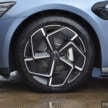
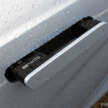
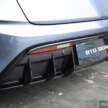
Inside, thereís no shortage of swoops and curves on display, and while there is less visual flourish on show compared to the Atto 3, itís not coy-looking, the cabin. Different to the utter minimalism of the Model 3, it shows the polarity in how both interiors are packaged. Personally, Iíd settle for a middle ground in between the two, but Iím sure both ends of the spectrum have their fans.
In terms of presentation, thereís quite a bit of plush, and trim quality levels are good on the whole, even if there are some panels that look like they donít belong, coming across a bit plasticky to sight and touch. Not the seats though, because they look the business, Theyíre dressed well (faux leather on the Dynamic, leather on the Premium and Performance), are nicely shaped and are comfortable to be in, at least based on the short sampling of it from a driverís perspective.
Elsewhere, highlights include the 15.6-inch central touchscreen unit Ė with the usual switchable landscape/portrait orientation Ė and a 10.25 digital instrument panel that make up the visual displays in the car. As for mod cons, there are plenty, including a 12-speaker Dynaudio sound system, ventilated/heated driver/passenger powered seats, dual-zone air-conditioning, keyless entry/start, an NFC key card, head-up display, two wireless mobile device chargers and wireless Apple CarPlay/Android Auto connectivity.
Of course, how it performs and drives is very much a part of the equation. For this, BYD chose a track to showcase the Sealís performance abilities, doing all the behind-the-wheel engagement with the car on the Zhuhai International Circuit, presumably with the intention of showing that the Seal isnít just about looks or tech specifications. By and large, the exercise accomplished that, even if the dynamics of the entire exercise was tempered by rain, with plenty of it being served by Typhoon Koinu, which was skirting the area at the tail-end of its journey.
This meant that everything, from acceleration/braking and slalom tests to the full course run in the Seal had less of a bite to it, but things werenít dull by any measure. As expected, the standing start sprints showed the car to have plenty of drive, pushing the mass along with conviction and no absence of straight line control.
Fast? For sure, although it strangely felt polite while at it. In any case, the 3.8 seconds pitch, proudly proclaimed with ď3.8 SĒ lettering stuck on the rear of the car, is a bit of an overkill in driving the point home, especially in this day and age of sub-four second sprint times for EVs being a rather regular thing. As for the brakes, although more feel would have been welcome, the stoppers work well, doing a decent job of hauling the car up when asked to do so aggressively.
In the agility test, the Seal showed it could respond not just to throttle input in a straight line. Itís not a scalpel, a fact that is somewhat inescapable because of the mass and weight on hand (2,185 kg on the Performance AWD), but the rack Ė although missing feel Ė is quick and the chassis responds promptly enough to directional switches, with very little body roll or unsettling pitch. On the wet tarmac, however, the eco-based nature of the tyres proved the softest link, specifically in terms of traction in the wet, especially with the RWD.
This was made especially evident during the full course three-lap (warm, hot, cool) session in the Performance, which was done in lead-follow style, with an additional layer of security provided by the presence of an in-car instructor. Usually, itís one or the other, and so the assumption was that having both at a go would significantly trim things down.
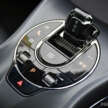

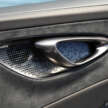
Thankfully, the instructor I had was adventurous, and gauging driver behaviour to input (with instructions carried out in Cantonese, a first), allowed speed to be dialled in quite quickly, and by the hot lap the Seal could be taken out of Zhuhaiís flowing corners and into the straight sections in rapid fashion, with the lead car continuing to up its speed in response. The pace for the session was good, enough that our little three-car group managed to catch the second vehicle group by the end of the hot lap.
Thereís no lack of throttle response from the Performance, but the trick is not to be lead-footed early about it because of the immediacy, which is what quite a few drivers on the day did, flooring it before the steering was unwound fully, resulting in big snaps. Get into it at the right time, and the Seal will feel quite the gem in terms of movement. Youíll still notice the carís weight, but the suspension keeps the car composed. The poise is noteworthy, with more than mere suggestion that as a corner carver, it will more than hold its own against the Model 3.
It does need a grippier tyre if youíre going to be really spirited about it, as the dynamic run in the wet at Zhuhai showed. Nothing wrong with going eco for an electric, yes, because it keeps everything in the spectrum, but if youíre going to plonk a Performance badge on, then youíll probably need a UHP rubber to match, especially so with buyers intent on wringing all that power out every chance they get. This doesnít mean that you canít get by with whatís on, but the advice is, maybe not corners in the rain, yes?
The short stint on track with the Seal is far from indicative of what it will feel like on the road and as a whole in daily use, charging aspects and real-world range included, so observations on all these will have to wait until we get to sample the car locally next year. From a performance perspective,however, the track time showed what the Seal can dish out in terms of driving from a dynamic perspective, and thereís plenty to be had. In this regard, it is more than a match for its primary competitor, the Model 3.
While it remains to be seen how it will measure up for buyers, thereís much to like about it. The Seal looks good, is capable of providing gymnastic thrills, and thereís plenty of tech coupled to a glitzy interior. The 7 kW AC charging rate for its OBC takes some gloss away, but itís something that can be easily solved by ticking in the 11 kW option, especially so for the higher battery capacity Premium and Performance versions.
Pricing will of course dictate how things will play out. As mentioned recently, that for the BYD Seal hasnít been revealed, but itís estimated that the EV will start retailing from around RM180k for the Dynamic, with the Premium expected to be priced at around RM200k and the Performance, in the region of RM220k.
This puts it right into the thick of the action against the Model 3, and while those in the Tesla corner will think thereís no fight, the Seal has enough of a je ne sais quoi about it that will surely find it adopters. Actually, if youíre an EV proponent, it really doesnít matter how the bat swings, because either way still adds up to a win for the team, but letís not have that get in the way of what should be an interesting tussle between the two starting from next year.

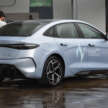

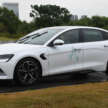
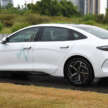
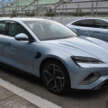

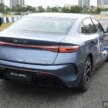

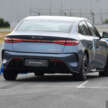

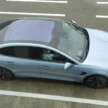

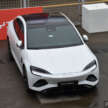
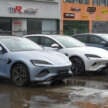
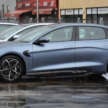
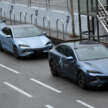
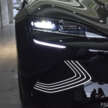
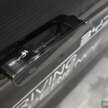
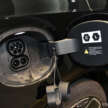

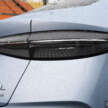



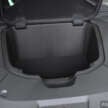
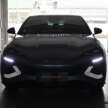
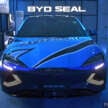
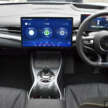

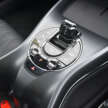
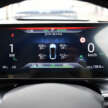
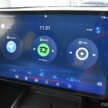

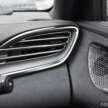

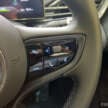
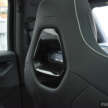
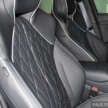
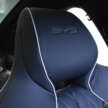
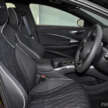
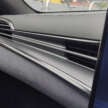

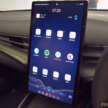
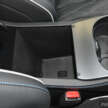
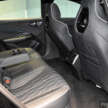
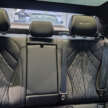
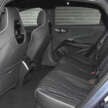
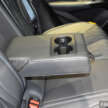
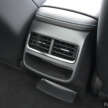
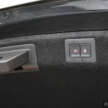
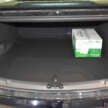
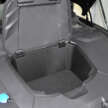
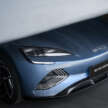
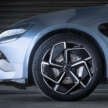
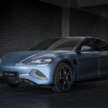
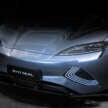
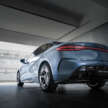
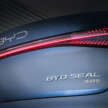
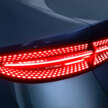
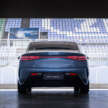


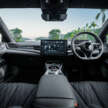

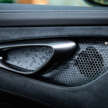
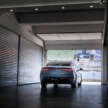

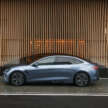 View Entire Post
View Entire Post 



